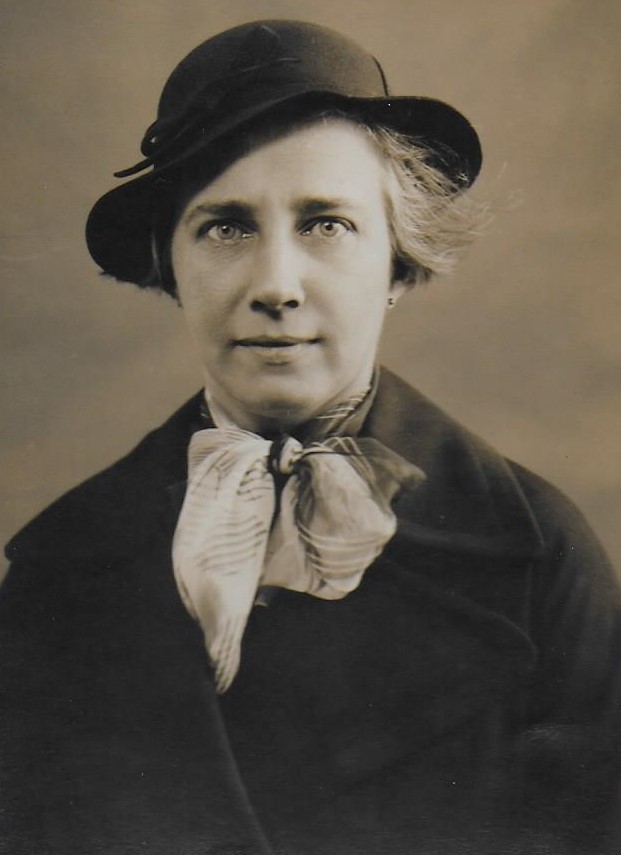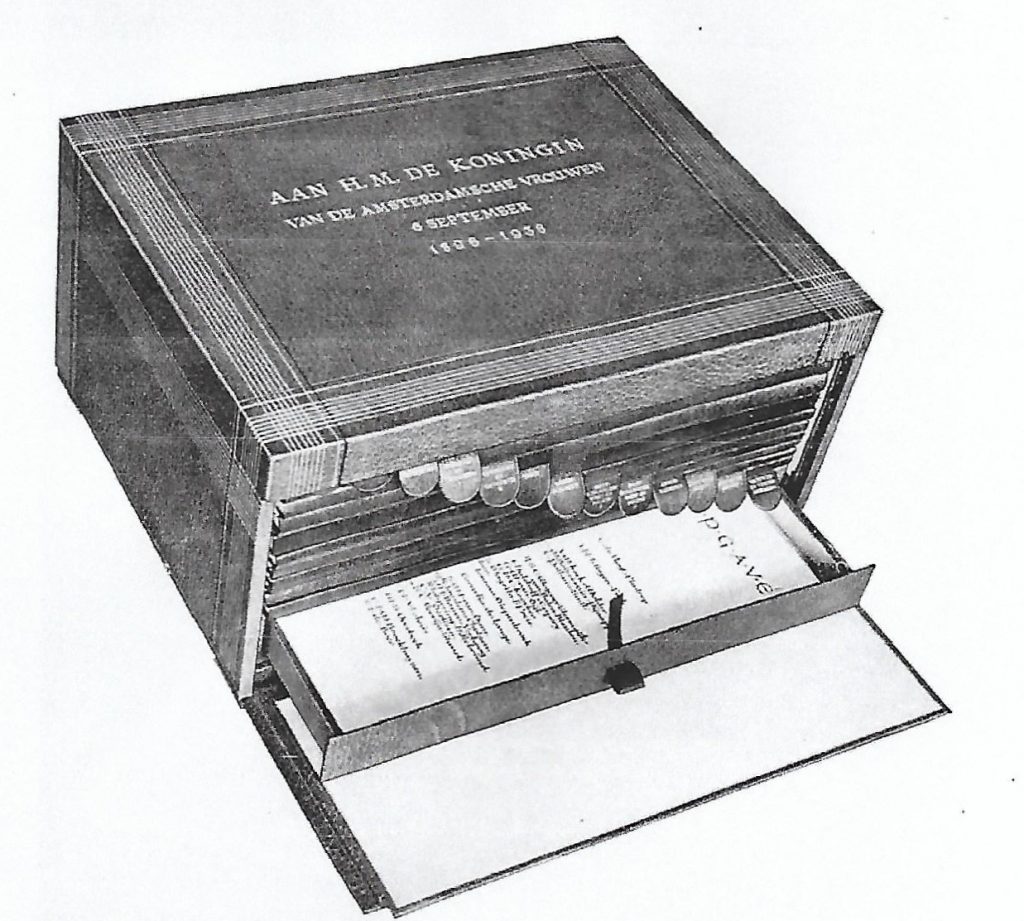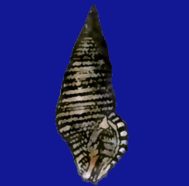In the previous blog we said goodbye to Tera’s most important teacher Max Weber. Although Tera misses him terribly, Professor Weber is less needed as a teacher.

After Tera’s return from the Dutch Easr Indies in 1932, she went back to work in Amsterdam. In 1933 she moved to the Parnassusweg in Amsterdam. The photo on the left is from 1935.
From then on Tera plays an increasingly important role at the Zoological Museum. By now she is considered an expert and actually knows all the organizational ins and outs of the museum. She also has very clear views on how a museum should be run
For example, she writes about the Natural History Museum in Zeeland under the auspices of the Zeeuws Genootschap: The technical lay out must be elaborated with policy. Consult with someone who can really set up an exhibition, e.g. the Boymans Museum, (..) You should also try to make it clear to the board that it will cost money. All cheap own tinkering is only 10th rank and therefore to be rejected in advance. The lighting is extremely important, (..) Make use of all the space under cabinets and display cases by making drawers or closed cabinets underneath. That will also reduce maintenance costs (cleaning floors). And what do you get on the floors? Linoleum or matting is a huge maintenance. Tiles or artificial granite is less laborious, but it is “cold”. Is there heating?
In addition, she has a practical and down-to-earth view of things. When visiting the Zeeuws museum: The museum makes me hopelessly melancholy. It is so neglected and untidy. How I would like to spend some time there, and like a dictator hold on to what is important and remove the rest as unimportant (..). Even with small resources, something could be achieved there. If only you started typing the labels neatly, instead of writing, with strikethroughs, and skewed on the paper.
In 1934 the Dutch Malacological Society (NMV) was founded. Tera is not in favor of this and therefore does not immediately become a member. She believed that “as a result of the establishment of such an association, an increasing collection activity would arise, and would result in such a great demand for information and assistance with identification, that the desks of the curators of the molluscs departments in the museums in Amsterdam and Leiden would be flooded by consignments of unidentified shells, with the request to identify them “just” for the respective owners.”.
This attitude is also inspired by the many people who call on her. She writes herself: For Hummelinck I am now identifying a collection of young Quaternary fossils from Venezuela and the Leeward Islands.(…) Then I have to write a piece about the molluscs of the nature reserves of Texel, Vlieland and Terschelling for the state forestry company and about the molluscs of Great Amsterdam for the Nat. History Association. I wished all those people would leave me alone, and that I could keep working on my Indian animals. But I’m further from my purposes than ever. Not one hundredth of the entire precious collection, which I myself collected on Java, has been identified. Well, that will be a good work for after my retirement.
And Mr. Wim Neuteboom, a member of the NMV from the start, remembers that he and his friend Louis Butot made use of her knowledge and skills: During free hours you could find us on the beach between Zandvoort and the piers of IJmuiden, searching for crabs, jellyfish, sea anemones and all kinds of other animals that the sea gave and of course also snails and shells. Due to the finds of Colus gracilis, Lora turricula, a freshly washed up Sepia and the like, the need was felt for some expert guidance and we contacted (..) Miss Tera van Benthem Jutting. On a free afternoon we cycled to the Zoological Museum in Amsterdam. In the catacombs under the aquarium building she met us halfway in her white coat. Later we would gain free access to her work room via the members’ entrance (..) Our finds were carefully recorded in her beautiful handwriting in the card index of the Molluscs Committee. She was always willing to check our determinations, even the simplest ones.
However she changes her opinion about the NMV fairly quickly and already in 1937 she joins the board of the association. The magazine Basteria, named after the Zeeland malacologist Job Baster, has been published since 1938. Only after the war did Tera become closely involved in the editing of the magazine together with Carel van Regteren Altena (1907-1976), the curator of molluscs in Leiden, and she also takes care of the library of the NMV, which is housed in the Zoological Museum.
In 1938, Wilhelmina celebrated her fortieth anniversary as Queen of the Netherlands. To mark the occasion, the Amsterdam women offer her a book about the development of women over the past forty years. The presentation speech reads: It has become a work, Your Majesty, by women about the work, about the life and striving of women, destined for a Woman. A work created by women’s hands, by women’s heads.

A work by nearly eighty women, older and younger, married and unmarried, of many religions and political views. They all make announcements about her work. on its development in the forty years behind us; about prosperity and adversity, about difficulties and perseverance, about unfolding and success! Her contributions together provide a broad, if not wholly exhaustive, survey of what has been accomplished in the field of women during Your Majesty’s blessed reign.
Tera is asked by the women’s committee to write about developments in biology studies and the share of women in it. A remarkable choice; Tera has no academic title, unlike, for example, Johanna Westerdijk, who is a professor, or Atie Vorstman, who has a doctorate. Also, Tera has no relationship with the Association of Women with an Academic Education. How they choose her is unknown, but Tera agrees and writes a neat treatise. She gives an overview of the number of women who graduated in biology over the past forty years, equating the KIV diploma she obtained with the master’s degree. She gives a big compliment to Anna Weber who received an honorary doctorate and is still active as a biologist and is mentioned as a shining example, and she explicitly states that science is not just a pastime but a serious study: That biology is a subject of great significance for society will not be contradicted by any thinking person of our time. The years when it was regarded as a harmless and pleasant pastime for ladies are – fortunately – already more than half a century behind us. This changed appreciation is mostly down to the work of the women themselves, who have shown that they can do something else than just love “pretty” flowers and “sweet” birds. Their realization that biology is part of the exact sciences, in which results of lasting value can only be achieved by extreme effort, has been of the utmost importance. This also contributed to raising the general prestige of the entire study subject in the esteem of the rest of society.
This is how Tera has become a settled and committed malacologist. She has a broad knowledge of both native and exotic snails and shells, both sea snails and land snails. She is consulted by many when it comes to determinations and publishes very regularly. She has said goodbye to her youth, to her father and to her teacher. More farewells will follow next week
